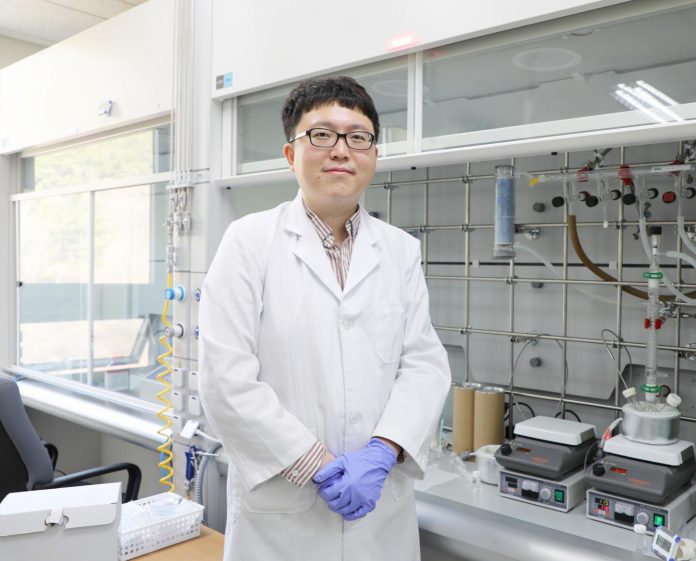Colloidal quantum dot solar cells (QDSCs) have caught the eye PV researchers of late thanks to their potential for high conversion efficiency and low-cost processing.
The development of a quantum dot device with 16.6% efficiency by a group at Australia’s University of Queensland prompted talk of “the difference between QDSC technology being ‘an exciting prospect’ and being commercially viable.”
However, the technology is still a long way from leaving the lab. Beyond efficiency there are a host of other conditions that need to be met before commercial production can be considered. Not least among them is proving such materials can maintain strong performance over long periods in a real-world outdoor environment. Now that scientists are beginning to demonstrate the efficiency potential of quantum dot solar cells, endurance is coming more into focus.
Scientists at South Korea’s Daegu Gyeongbuk Institute of Science and Technology (DGIST) took a closer look at the degradation of quantum dot devices by testing cells under artificial light in ambient atmosphere. They discovered iodine ions on the surface tended to oxidize and form a layer on the quantum dot solid layer, damaging its structure and decreasing efficiency.
Preventing oxidation
The group suggested adding potassium iodide to the quantum dot surface as a ‘shield layer’ to prevent oxidation. Their results after working with such a layer are described in the paper Stabilizing Surface Passivation Enables Stable Operation Colloidal Quantum Dot Photovoltaic Devices at Maximum Power Point in an Air Ambient, published in Advanced Materials.
“The study is to demonstrate that the CQD [colloidal quantum dot] PV device can operate more stably in the actual operating environment,” said DGIST professor Jongmin Choi. “The results are expected to further accelerate the commercialization of the CQD PV device.”
The potassium iodide shield was observed to increase device efficiency from 11.4% to 12.6% as a result of better surface passivation. Without encapsulation, devices were shown to retain 80% of their initial efficiency after 300 hours of operation in air. While still a far cry from commercial-level performance, the group noted that was the highest performance so far reported for a quantum dot solar cell. Without the shield layer, device performance was seen to fall to 80% of the initial level after just 21 hours.






